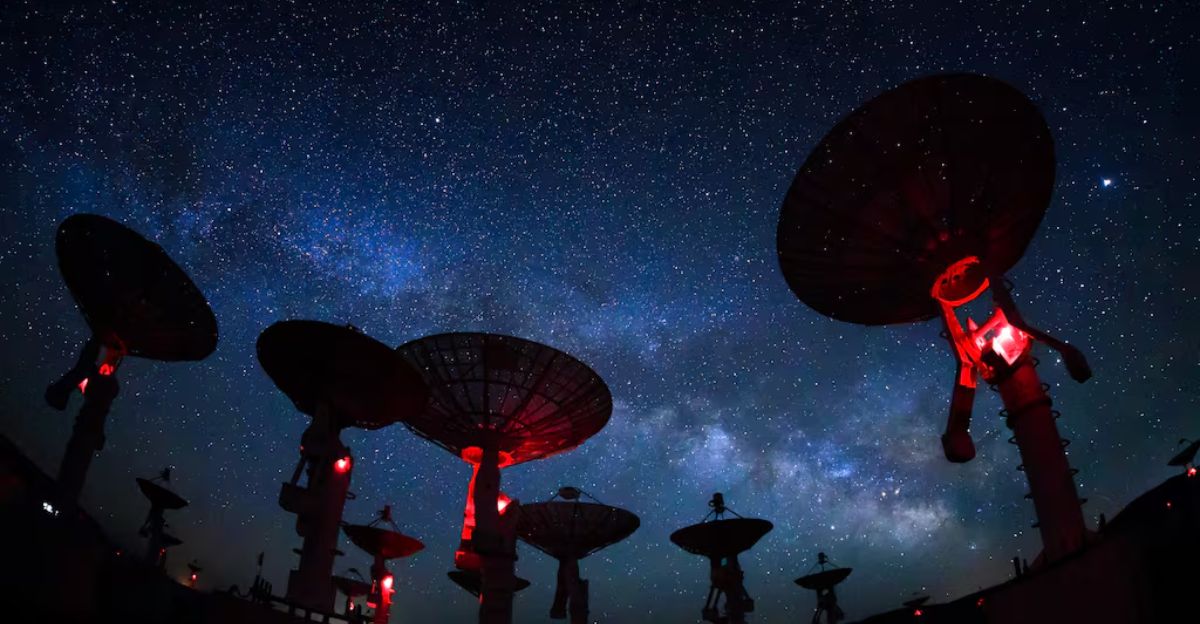
The Pentagon made a well-considered, if contentious, decision to shut down three critical satellites before storm season, one that was motivated by both strategic foresight and operational necessity. For decades, these satellites, which are a part of the Defense Meteorological Satellite Program (DMSP), have been a vital source of hurricane monitoring data, particularly at night when other systems are more likely to miss the rapid intensification of storms.
This choice highlights the conflict between the need to innovate in a rapidly changing technological and geopolitical environment and the preservation of legacy systems that support public safety. It also draws attention to the Pentagon’s increasing focus on space as a battlefield, where data security and satellite survival are critical.
Historical Context
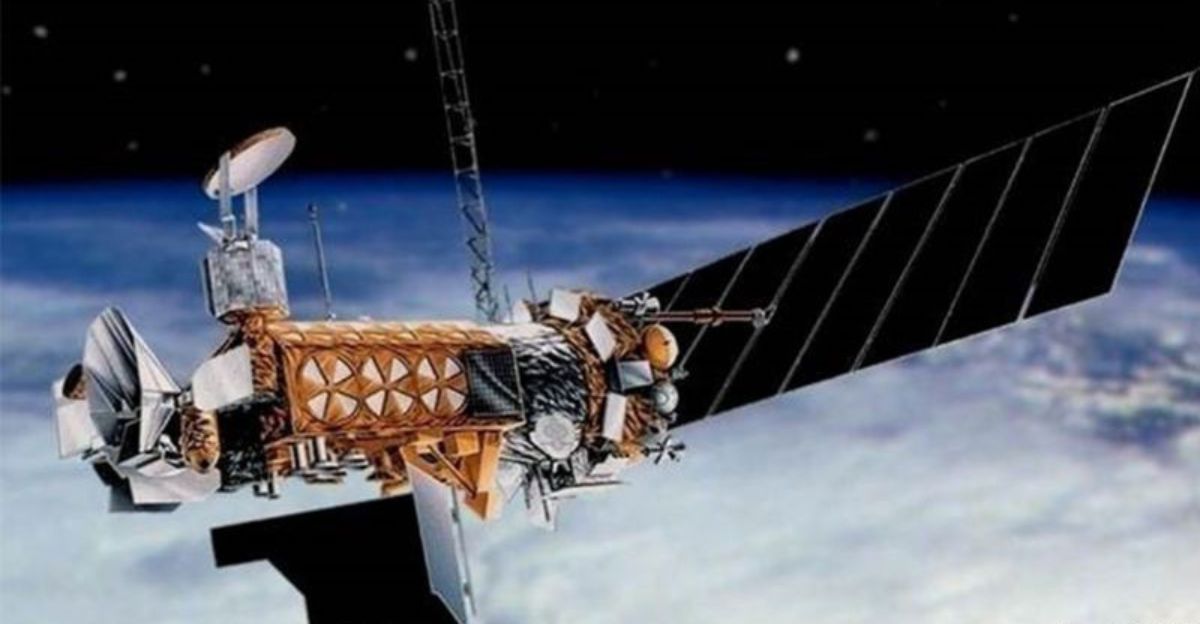
Cold War requirements to provide the military with independent, real-time weather intelligence gave rise to the DMSP in the early 1960s. These satellites, which were frequently covered in secrecy and defended by the necessity of a quick, flexible military response, ran concurrently with civilian weather programs for decades. Their value for both military operations and civilian hurricane forecasting became evident over time.
In the past, the DMSP played a crucial role in supplying special microwave data and nighttime imagery that civilian satellites were unable to obtain, which was necessary for disaster preparedness and military planning. However, the program’s longevity has also led to complacency, which has delayed the purchase of more modern systems.
Obsolescence of Technology
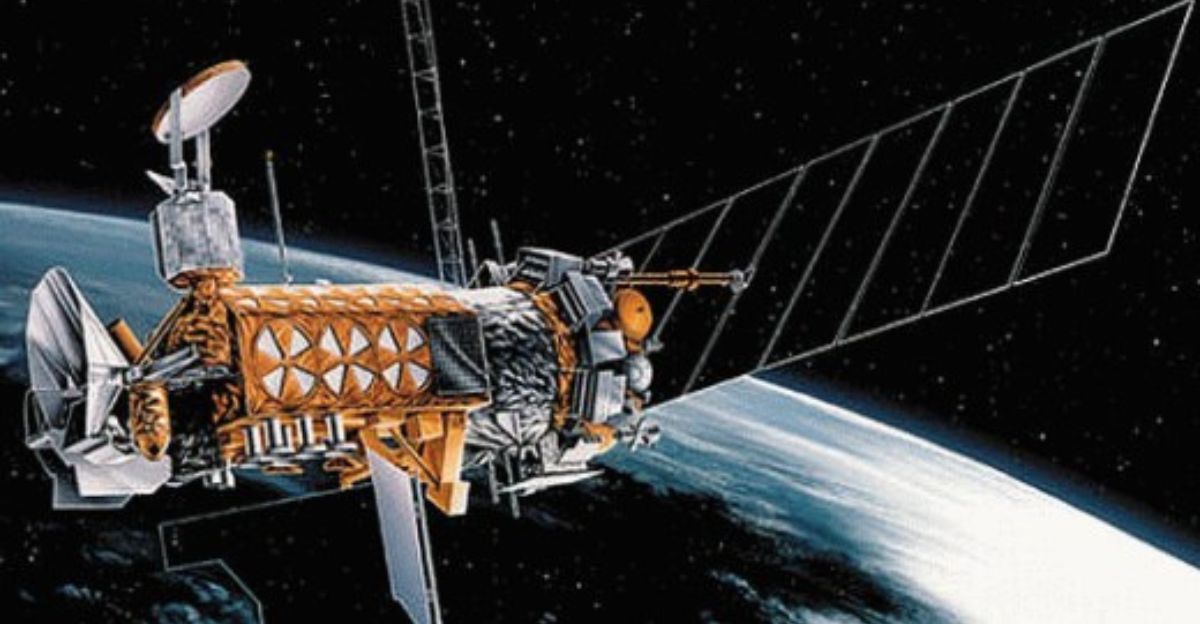
In addition to being old, the aforementioned satellites are technologically outdated. Even though their sensors were once cutting edge, they now fall short of more recent government and commercial systems. Over the course of more than two decades, the Pentagon has struggled to replace DMSP, canceling two significant replacement programs because of mismanagement and cost overruns.
Beyond hardware, software and data processing capabilities are also affected by obsolescence, as legacy systems are unable to keep up with developments in real-time data fusion or AI-driven analytics. This technological lag offers a chance to advance to next-generation solutions that incorporate multispectral sensors, cloud computing, and rapid dissemination, but it also runs the risk of causing blind spots during important weather events.
Reallocation Strategy
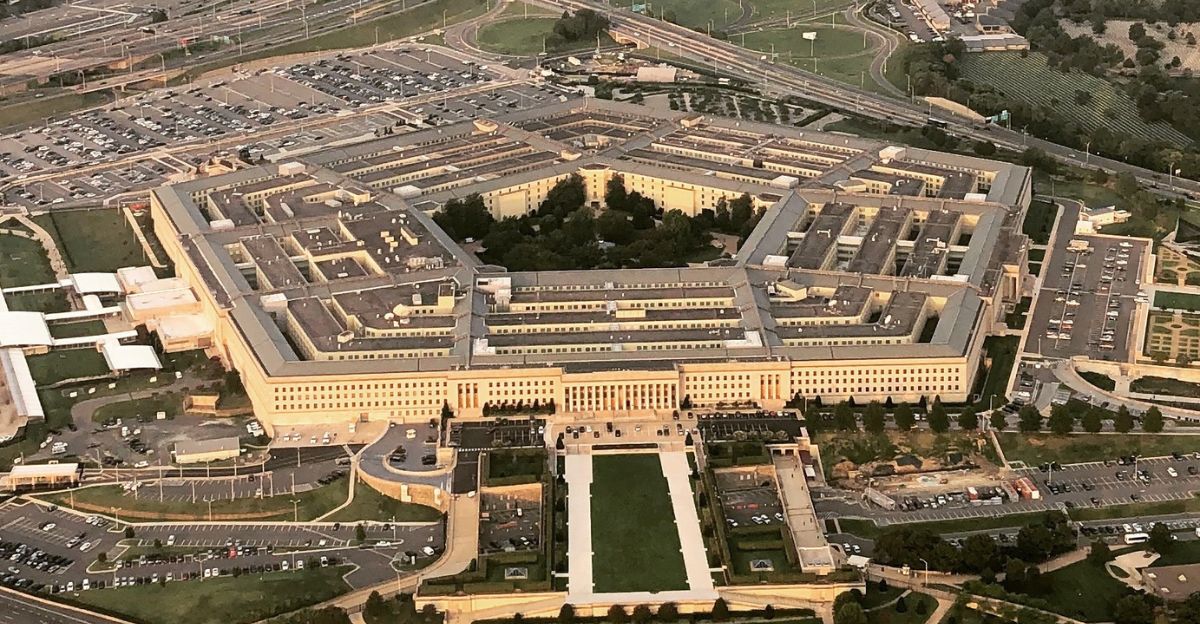
The Pentagon has to make difficult decisions in a time of tight budgets and changing priorities. Legacy satellite shutdowns free up human and financial resources for next-generation capabilities. New weather satellites with improved sensors, increased resilience, and reduced operating costs are already being deployed by the Space Force. This shift requires strategic agility in addition to efficiency. The U.S. military cannot afford to depend on weak, monolithic systems as enemies create anti-satellite weapons and space becomes more contested.
Sustaining information superiority requires quick adaptation and investment in distributed, redundant architectures. Furthermore, the Pentagon can invest in complementary capabilities like cyber defense, space situational awareness, and advanced data analytics that improve overall mission effectiveness thanks to resource reallocation.
Data Security and National Security
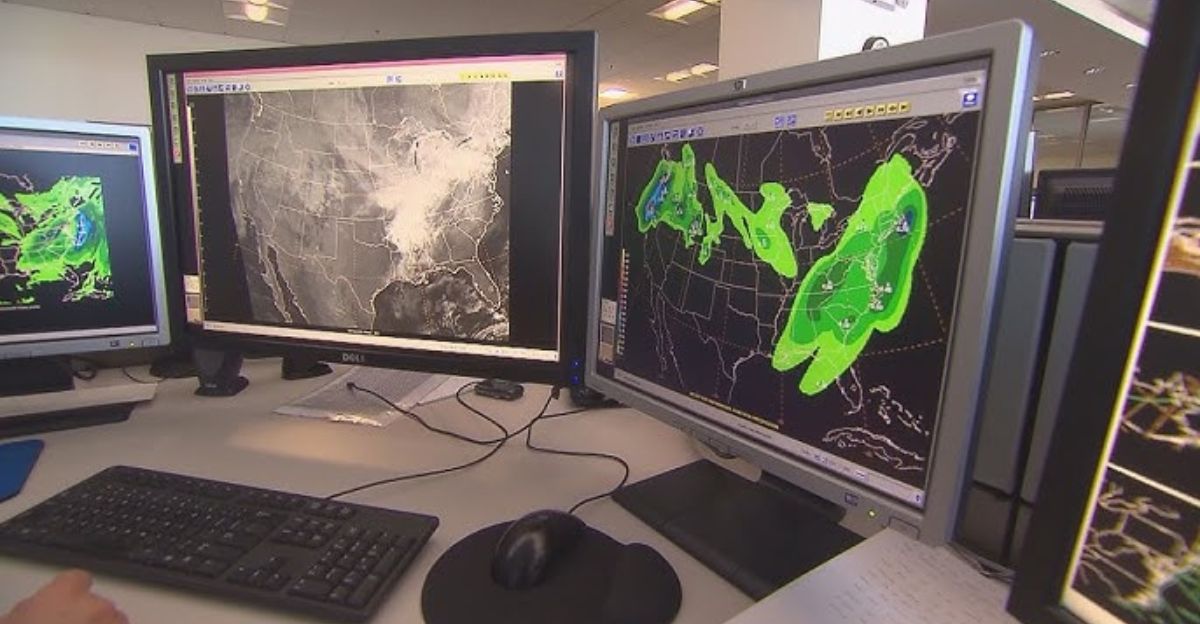
There is a significant but rarely discussed security aspect to this decision. In addition to providing valuable information to civilian scientists, the DMSP satellites collect sensitive data relevant to military operations. In an age where adversaries exploit every vulnerability and data is weaponized, restricting access to particular data streams can be a smart move.
The Pentagon’s decision to cease making satellite data publicly available reflects growing awareness of the risks of open-source intelligence and the need to protect operational secrets, especially during periods of elevated geopolitical tension.
The Case for Disruption
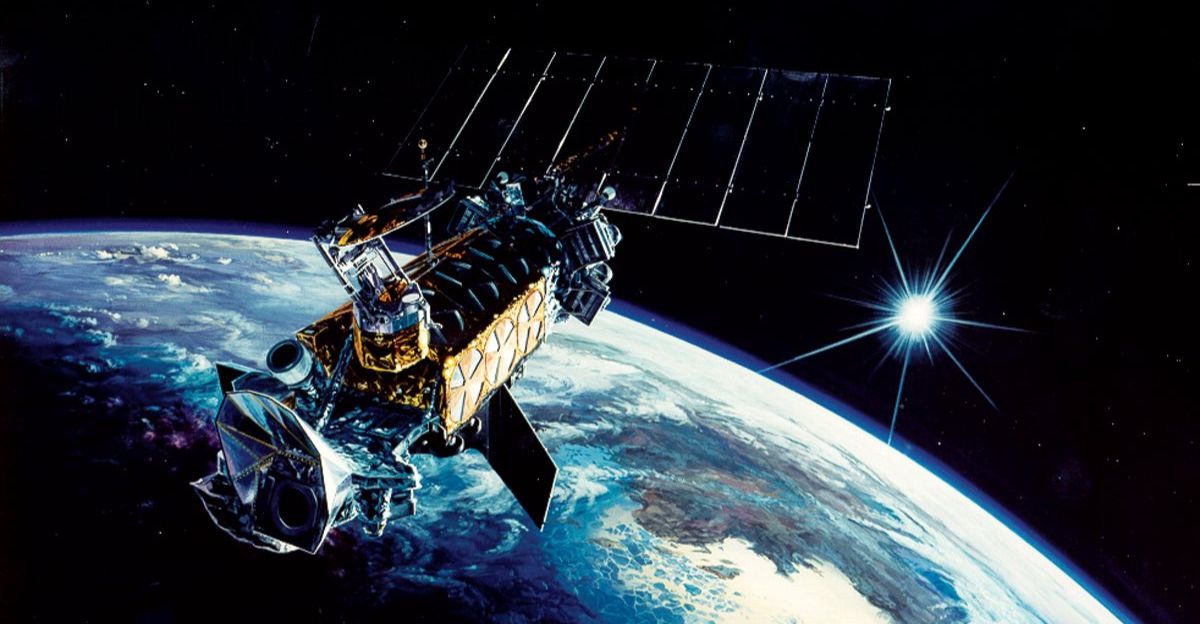
This action is in line with more general information warfare trends, which show that limiting data flows can shield adversaries from learning about the strategic intentions or military preparedness of the United States. Turning off these satellites also lessens the attack surface for signal interception or cyber intrusions, which could jeopardize national security.
Forced transitions frequently spur innovation and competition, which eventually benefits stakeholders and customers, as demonstrated by historical examples from other industries like energy and telecommunications. Accepting disruption can spark a new era of weather intelligence that uses open data ecosystems, advanced analytics, and commercial agility to enhance forecasting accuracy and disaster response, even though the short-term risks are real.
Global Consequences

Mexico, Caribbean countries, and international maritime operators all depended on the satellites’ data streams, making them a global resource rather than just an American one. The Pentagon’s action emphasizes the geopolitical fact that American space infrastructure is a strategic asset that is governed by national priorities rather than a global commons. This could accelerate the commercialization of space-based weather data, encourage new international partnerships, or encourage allied nations to invest in their own capabilities.
Equal access to vital climate and disaster data is also called into question, particularly for vulnerable countries that rely significantly on U.S. resources. International collaboration on climate resilience and disaster preparedness may be impacted by the decision, which could hasten the division of global weather monitoring into rival blocs or commercial ecosystems.
Effects of the Second and Third Orders
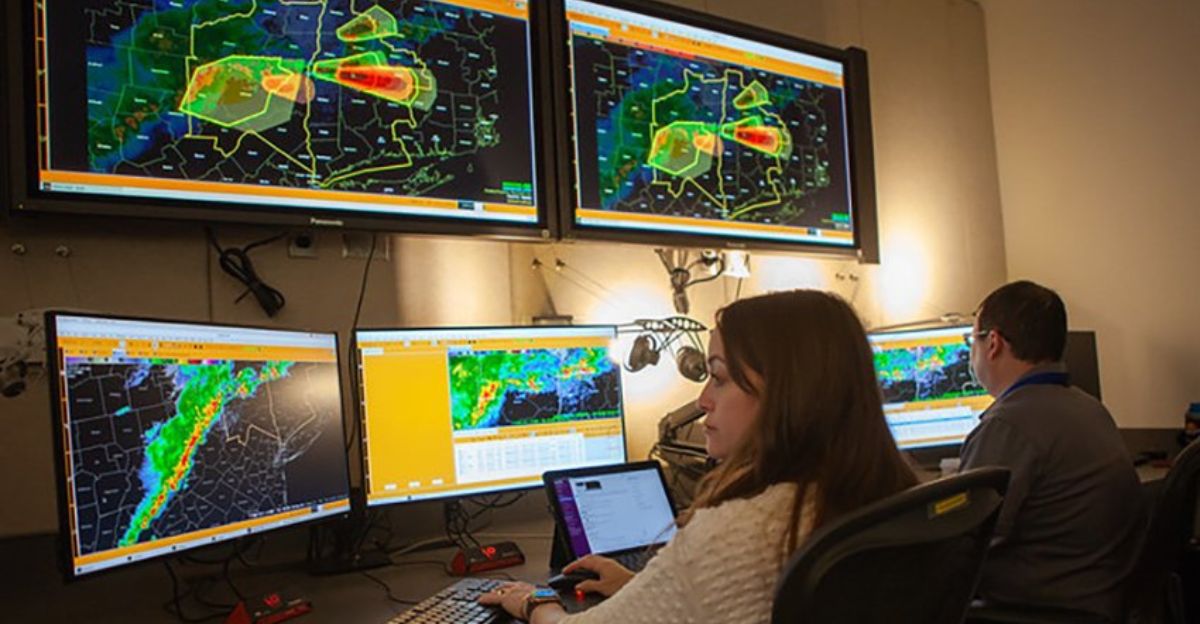
Closing these satellites will immediately result in less accurate and timely hurricane forecasts, which could put millions of people in storm-prone areas at greater risk. A change in the balance of power in space-based intelligence, the rise of new commercial data providers, and a spike in public and private investment in weather technology are examples of second-order effects.
These domino effects highlight how a seemingly technical choice has an impact on the political, economic, and security spheres. For example, the emergence of commercial weather data providers may challenge established government functions, requiring organizations to rethink their partnerships and missions.
Severe Situations and Unique Situations
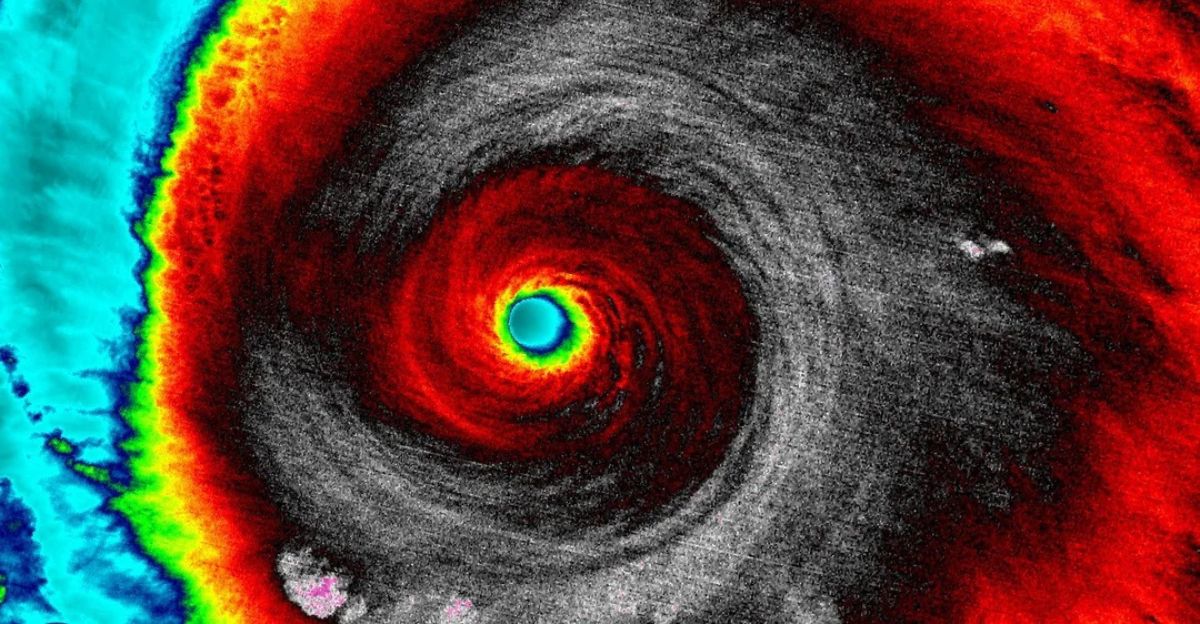
Imagine the worst case scenario: a powerful hurricane forms overnight, quickly intensifies, and, because of the data gap, hits a coastal city without much notice. Both the public outcry and the need for technological solutions would be strong. The Pentagon eliminates a potential vulnerability by retiring legacy satellites in advance, but what if a cyberattack disables them during a crisis? In both situations, the necessity to update, secure, and future-proof America’s weather intelligence infrastructure may justify the painful decision to shut down the satellites.
This scenario also emphasizes how crucial multi-source data fusion and emergency planning are to reducing risks. In order to prevent disaster response from being severely hampered by a single point of failure, the shutdown compels emergency management organizations and meteorologists to develop new procedures and collaborations.
Conclusion
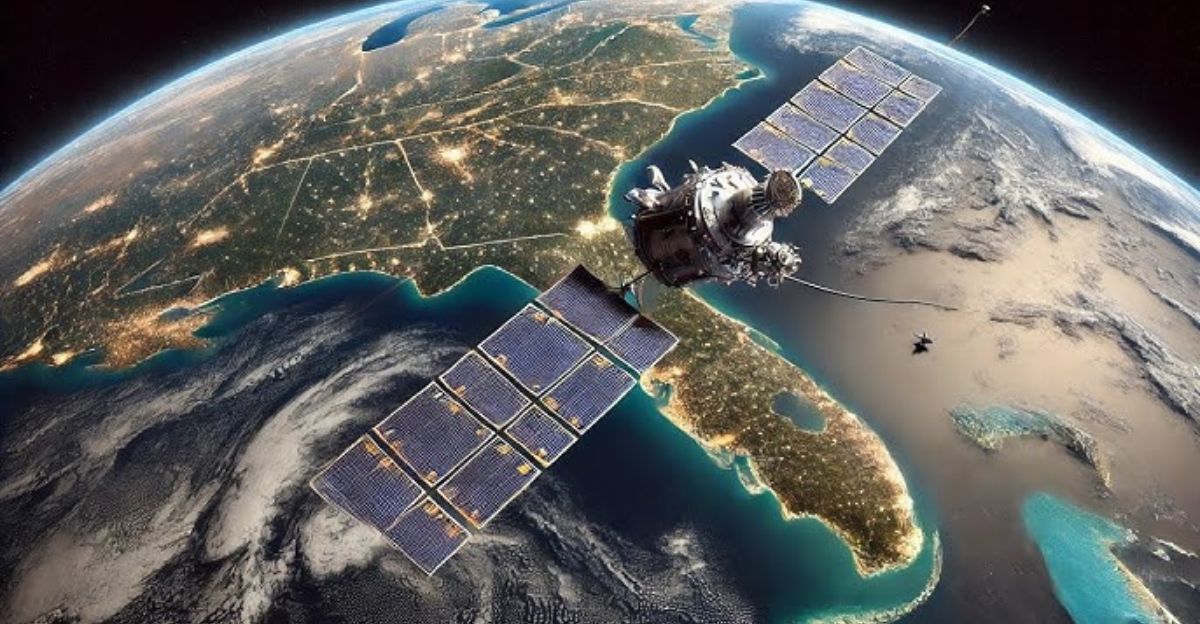
It takes brutal honesty to defend the Pentagon’s decision to shut down three satellites before storm season: it is a high-risk, high-reward decision that puts long-term security, resilience, and innovation ahead of immediate continuity. The ruling recognizes the strategic significance of data security in a time of contested space, forces investment in next-generation systems, and forces a reckoning with technological obsolescence.
This choice is a prime example of how challenging it is to strike a balance in a complex geopolitical and technological environment between improving military readiness and ensuring public safety. In the end, the Pentagon’s action serves as a wake-up call to innovate fearlessly, defend strategically, and fully prepare for the unforeseen difficulties of tomorrow’s conflicts and storms.







